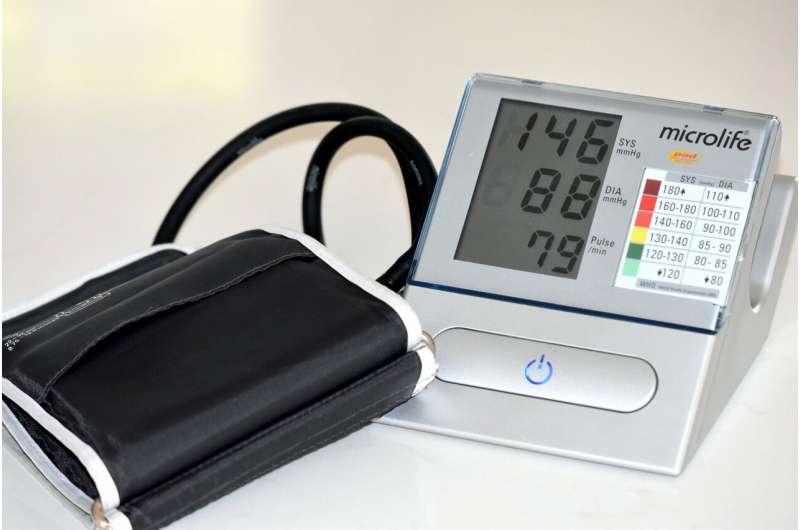New guidance updates ambulatory blood pressure classification in children and adolescents

An American Heart Association scientific statement reviewing new evidence and guidance on ambulatory blood pressure monitoring of children and adolescents has been published in the Association's journal Hypertension.
Statement Highlights:
- The statement provides simplified classifications for ambulatory blood pressure monitoring (ABPM) in children and adolescents. ABPM is designed to evaluate a person's blood pressure during daily living activities, including times of physical activity, sleep and stress.
- The new classifications come with guidance on when ABPM is appropriate and how to interpret monitoring results.
- Children who have medical diagnoses, such as kidney disease, may have normal office blood pressure but significant abnormalities noted on ABPM. Without taking ABPM into account, this can lead to a more benign prognosis.
- Elevated childhood blood pressure is linked to heart and kidney damage during youth and adulthood, as well as brain changes associated with worse cognitive function.
- ABPM helps ease concern of spikes in blood pressure caused by measurement anxiety, known as white coat hypertension, and helps assess daily blood pressure patterns.
- ABPM is used to confirm whether a child or adolescent with high blood pressure during a clinic measurement truly has hypertension.
More information: Ambulatory Blood Pressure Monitoring in Children and Adolescents: 2022 Update: A Scientific Statement From the American Heart Association, Hypertension (2022). DOI: 10.1161/HYP.0000000000000215



















